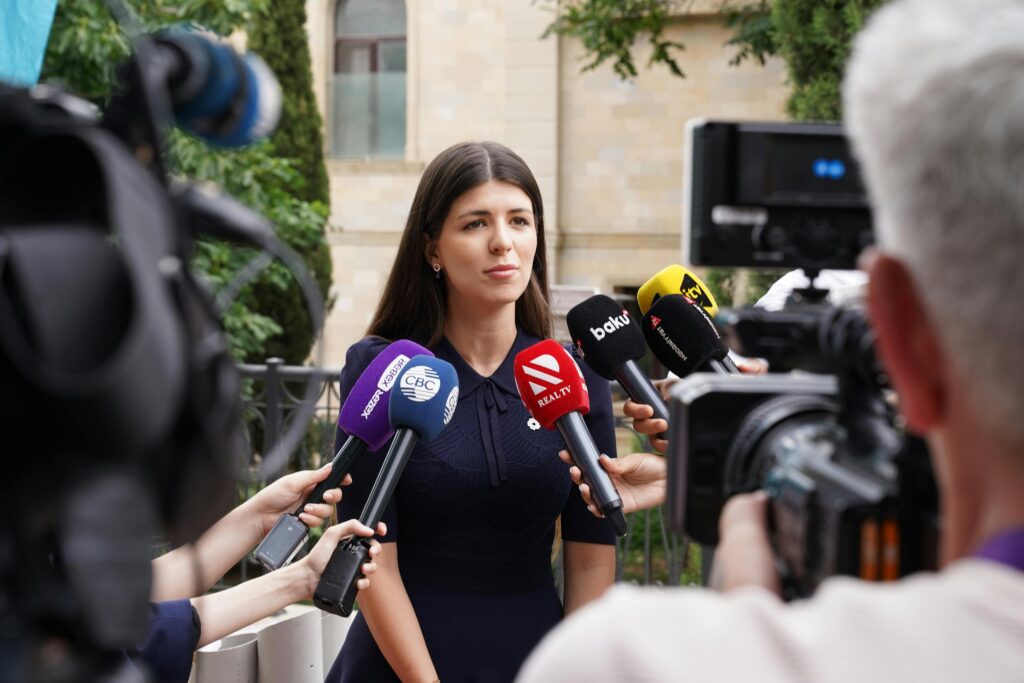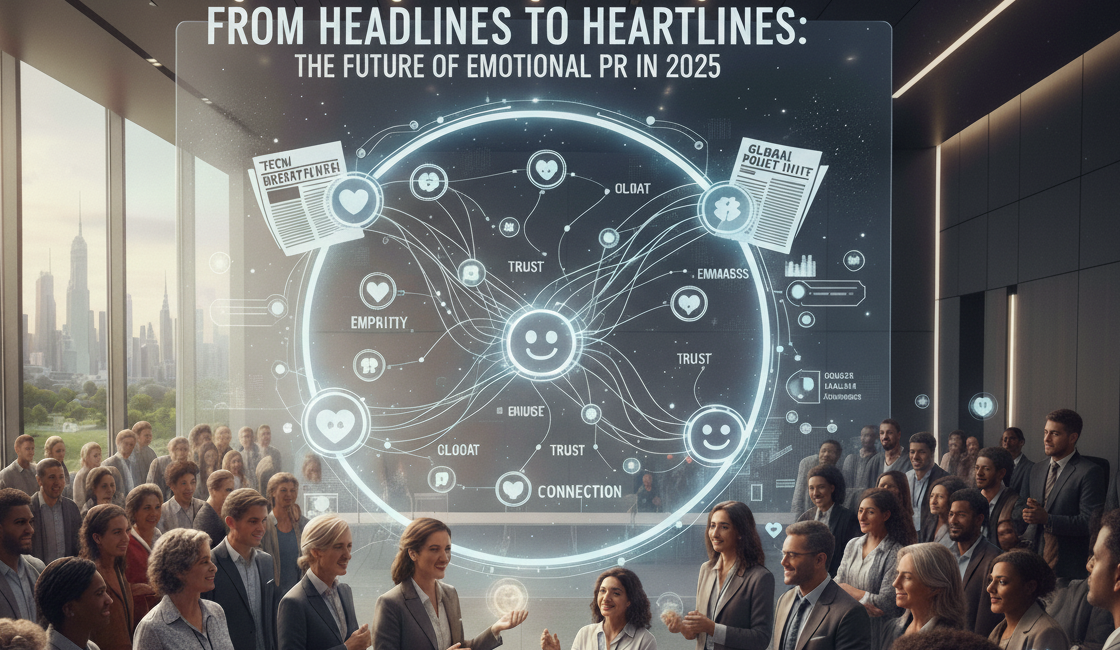PR used to be about headlines.
Now? It’s about heartlines.
In a world flooded with constant content, breaking news, brand launches, and viral trends, people don’t remember what they saw.
They remember how it made them feel.
Welcome to the future of PR, where emotion is the most powerful strategy.
Because connection isn’t built through announcements.
It’s built through authentic emotion.
1. The Shift from Attention to Emotion
A decade ago, PR success was measured by how many eyeballs you could get.
Now, it’s measured by how many hearts you could touch.
Attention is easy, just post something loud.
Emotion is hard; it requires empathy, honesty, and courage.
But here’s the truth:
People buy from brands they feel connected to.
They remember the ones that move them, make them think, or make them smile.
That’s what emotional PR is all about, transforming visibility into vulnerability.
Because in 2025, the brands that feel human will always win over the ones that just look polished.
2. Stories That Feel, Not Sell
The press release used to be the hero of PR.
Now, storytelling is.
Every brand has a product. But not every brand has a story that resonates.
A great emotional PR strategy doesn’t say “We launched X.”
It says, “We launched X because we saw this pain, we lived this experience, and we wanted to change it.”
It shifts the focus from features to feelings.
From sales to significance.
When you make your audience feel seen, you don’t just earn their attention; you earn their trust.
3. Emotion = Memory
Emotions create memory hooks.
Science proves that people remember emotionally charged moments longer than logical ones.
Think about it
You might not remember every product you’ve seen on Instagram this week.
But you do remember the video that made you tear up, or the brand that made you feel hopeful.
That’s the new power play.
Brands like Dove, Nike, and even Indian startups like Sleepy Owl and The Whole Truth are masters at this:
Their campaigns speak to hearts, not just headlines.
That’s emotional PR done right.
4. Vulnerability Is the New Virality
In a digital world obsessed with perfection, showing imperfection is your superpower.
Audiences connect deeply with honesty, whether that’s a founder admitting early struggles or a brand acknowledging a social issue with sincerity.
When you share a real moment, it doesn’t weaken your brand; it humanizes it.
That’s why emotional storytelling is no longer just a creative choice; it’s a business strategy.
Because vulnerability doesn’t break credibility. It builds it.
5. From Press Mentions to Emotional Mentions
PR used to focus on where your brand was mentioned.
Now, it’s about why it was mentioned and how it made people feel.
A single emotionally resonant story can do more for your brand than ten press clippings that read like corporate blurbs.
Imagine an article that says:
“This startup turned their founder’s anxiety into a wellness movement.”
That line doesn’t just tell a story; it creates a connection.
When people see themselves in your brand, they talk about it, share it, and root for you.
That’s what turns media exposure into community energy.
6. The Heartline Advantage
At Level Up PR, we call it the Heartline Effect.
It’s what happens when your story doesn’t just appear in the media,
it stays in the reader’s heart.
We craft narratives that blend emotion, truth, and strategy, helping brands stand out, build trust, and create impact.
Because your PR shouldn’t just make noise.
It should make sense.

7. The Future Belongs to Feelers
As AI-generated content rises, emotional storytelling becomes the ultimate differentiator.
Technology can replicate text, but it can’t replicate truth.
The next wave of PR professionals won’t just know media, they’ll know emotion.
They’ll build strategies rooted in empathy, curiosity, and courage.
Because the future of PR isn’t about controlling perception, it’s about creating connection.
Final Takeaway
Headlines fade. Heartlines last.
When your message comes from emotion, not ego, your audience doesn’t just read it; they remember it. So if you want to future-proof your brand in 2025 and beyond, stop chasing press.
Start building presence.
Not just in inboxes, but in hearts.
